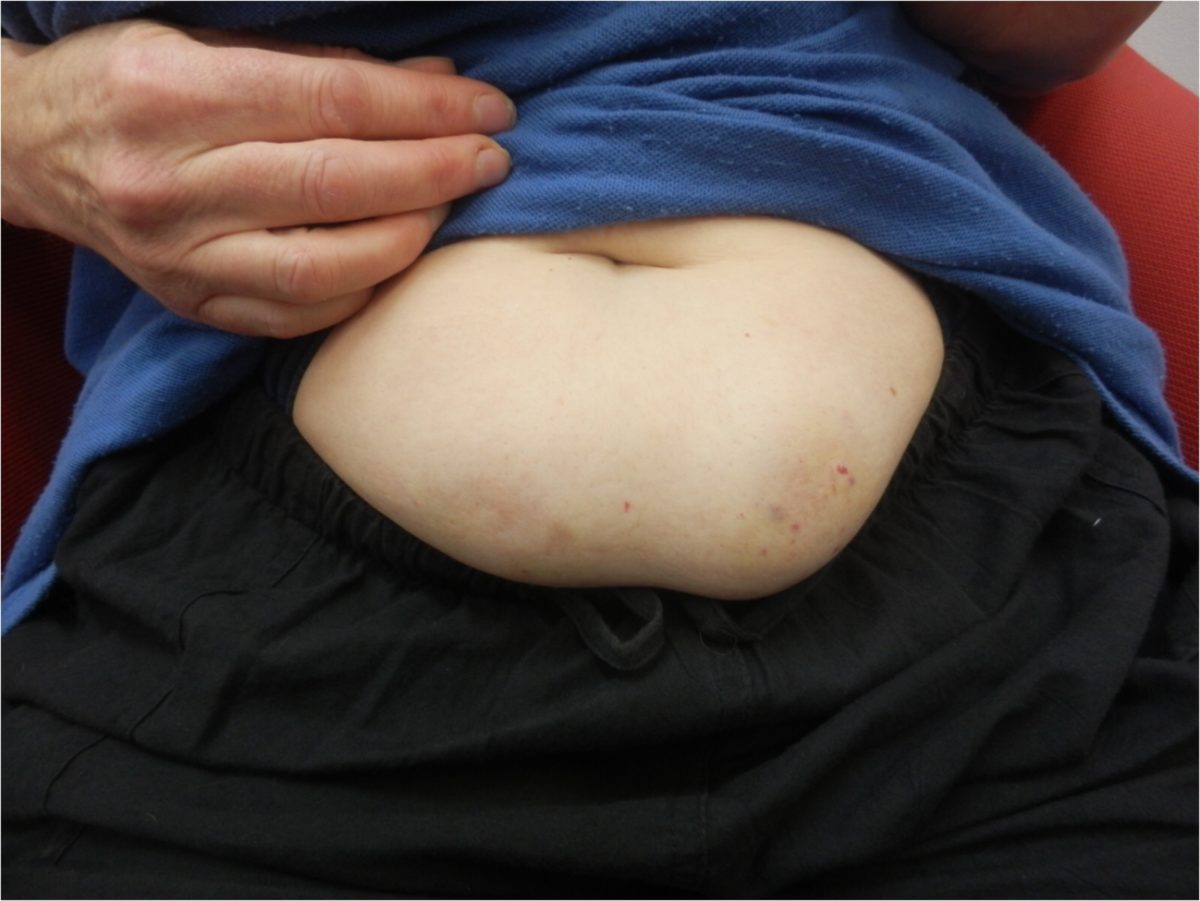Jayne Lehmann RN CDE
I popped along to a breakfast session this morning on the identification, management and prevention of lipohypertrophy (lipos) at this year’s Australasian Diabetes Congress (previously ADS/ADEA Annual Scientific Meeting). Over the last few years we diabetes educators have been learning more about the role lipos play in destabilising blood glucose levels due to the impact on insulin action when injecting insulin into these areas. They often contribute to the destabilisation of blood glucose levels and a need for increasing doses of insulin. But what about the emotional impact our assessment for, and education about, lipos could have on people with diabetes at different life stages?
We health professionals excitedly embrace new research with strategies to bring the benefits of research to people with diabetes we see in our various clinical services. As an example, the UKPDS results focused us on the benefits of people achieving their target blood glucose levels in preventing or delaying microvascular conditions in people with diabetes lead us to focus people on their diabetes numbers; glycosylated haemoglobin (HbA1c) and self blood glucose monitoring. In our enthusiasm we forgot to consider the impact on emotional health and wellbeing. We now know caution is required in managing the need for people to get their numbers to hit the diabetes target, while not increasing their distress by making them feel like they are being judged all of the time by their numbers.
Are we going to see this repeated in helping people to identify, manage and prevent lipohypertrophy? I know from the people I see with lipos, there is a sense of embarrassment about the physical look of their lumps and pumps which in turn affects a person’s body image. Many are embarrassed by the look of their lipos especially given they additional centimetres around the middle of their abdomen and influence clothing choices, especially for young girls and women. It would be easy for people to interpret the identification of lipo as yet another area of care for which their health professionals blame them because of their self care practices have an obvious impact on this area of care.
It is essential to consider the impact of lipos on people across the life stages. For example, young people often have health professionals, parents and their friends commenting on the development of lipos and the way their stomach looks. It can also influence clothing choices and confidence in their body image.
Top 5 tips to minimise diabetes distress from lipohypertrophy:
1.Watch the language you use when talking to people with diabetes about their lipos. Use non judgemental language to prevent people feeling they have caused the issue from problems a with their self care activities. There is a joint role for health professionals (especially CDE/diabetes educators) and people with diabetes to identify, manage and prevent lipos. Special care is required with younger people to prevent impact on body image and emotional health.
2. Talk to people on insulin about the research and that it has been coming out over the past few years. This is likely to be because assumptions were made when the newer insulin’s were released years ago that they were at less likely to create lipos – we HCPs took our eye off the ball of monitoring for this issue so there is a shared commitment to this area of care.The importance of single use needle use needs to also be reinforced as over .
3. Many education resources have encouraged insulin administration over a relatively small area of the abdomen. Encourage people to use the whole abdomen from under the breasts, down to the bottom of the abdomen and right out to the side. This increases ‘real estate’ for injection site rotation. I encourage people to visualise a rainbow up and over the abdomen to guide and broaden their injection site choice. This is especially helpful in people with larger abdomens and creates a positive image and often makes people smile/laugh!
4. Ask people how they feel about their lipo lumps and bumps, they are likely to be impacting on their burden of diabetes self care. Debrief and counsel people, with referral for more specialised counselling if required. Some people benefit from the surgical removal of significant lipos and can be encouraged to discuss this further with their doctor. This is a Medicare reimbursable surgical procedure.
5. Review the education resources they use to highlight sit rotation and to if people are reusing insulin pen needles. Images of site rotation often reinforce rotations around a limited portion of the abdomen. Don’t forget to consider the education needs of nurses and support workers helping people with diabetes with their insulin administration and a chart to support increased rotation of sites when a number of different people administer a person’s insulin.
Want to know more? Have a look at the FITTER Guidelines.
Becton Dickinson has a range of education resources to support the education of people with diabetes and health professionals in contemporary management of site rotation and lipos in people with diabetes. Contact your state or territory representative to find out more.


